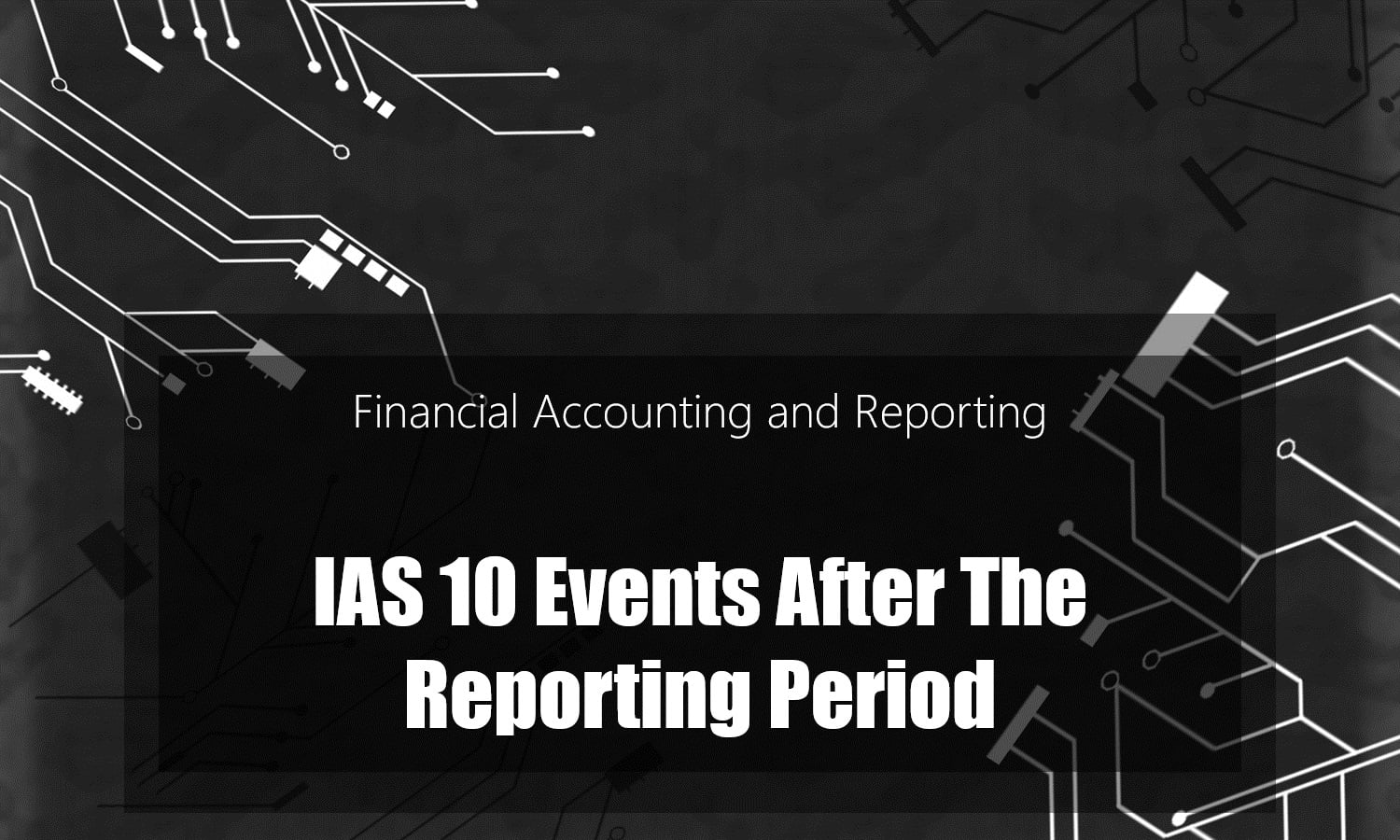IAS Standards
IAS 2 Inventories
IAS 7 Statements of cash flows
IAS 7 Statement of cash flows – Revisited
IAS 8 Accounting policies, changes in accounting estimates, and errors
IAS 10 Events after the reporting period
IAS 16 Property, plant and equipment
IAS 20 Accounting for government grants and disclosure of government assistance
IAS 21 The effects of changes in foreign exchange rates
IAS 24 Related party disclosures
IAS 27 Consolidated and separate financial statements
IAS 28 Investments in associates and joint ventures
IAS 32 Financial instruments: presentation
IAS 33 Earnings per share – Revisited
IAS 37 Provisions, contingent liabilities and contingent assets
IFRS Standards
IFRS 5 Non-current assets held for sale and discontinued operations
IFRS 7 Financial instruments: disclosures
IFRS 10 Consolidated financial statements
IFRS 12 Disclosure of interests in other entities
IFRS 13 Fair value measurement
IFRS 15 Revenues from contracts with customers
IAS 17 VS IFRS 16 Lease – Differences
IAS 10 Full text Overview
IAS 10 events after the reporting period give guidance as:
- to specify when a company should adjust its financial statements for events that occur after the end of the reporting period, but before the financial statements are authorized for issue.
- to specify the disclosures that should be given about events that have occurred after the end of reporting period but before the financial statements were authorized for issue.
Tackle in TWO simple steps:
- Identify Adjusting and non-Adjusting events.
- Alter financial statements in response to that identified events.
Step 1: IAS 10 – Identifying Adjusting and non-Adjusting events
Adjusting Events

IAS 10 Adjusting events are those providing evidence of conditions existing at the end of the reporting period.
IAS 10 Examples include:
- A court case after the end of the reporting period, conforming that the entity had a present obligation as at the end of the reporting period.
- An evidence/information that an asset was impaired as at the end of the reporting period: e.g. Bankruptcy of a customer or information about obsolete inventory.
- An asset purchased/sale before the year end but price had not been finally agreed.
- Discovery of fraud or error showing financial statements are incorrect.
Non-Adjusting Events

Non-adjusting events are indicative of conditions arising after the reporting period.
Examples include:
- A Fall in value of an asset after the end of the reporting period, such as a fall in market valve of investment owned, (A fall in market price will normally reflect conditions arise after the reporting period not conditions already existing as at the end of period).
- The acquisition/disposal of a major subsidiary.
- Announcement of a plan to discontinue a major operation.
- Announcing/commencing the major restructuring.
- The destruction of a major plant by a fire after the reporting period.
- Dividends declared.
Step 2: IAS 10 – Accounting for the Events identified
Adjusting Events

- These are ADJUSTED in the financial statements. i,e. (an increase/decrease in assets/revenue/liability/capital/expense).
- If a company obtains information about an adjusting event, it should update the financial statements to allow for this information.
Non-Adjusting Events

- These are DISCLOSED in the financial statements.
- An entity shall not adjust any amount in financial statements:
Hence is required disclosure of:
- the nature of the event.
- an estimate of its financial effect, or a statement that such an estimate cannot be made.
IAS 10 pdf
The above IAS 10 summary is the most simplified version. Moreover, Click here to download the IAS events after the reporting period PDF summary.
* IAS 10 subsequent events is read in context of Audit and assurance course.

Leave a Reply
You must be logged in to post a comment.